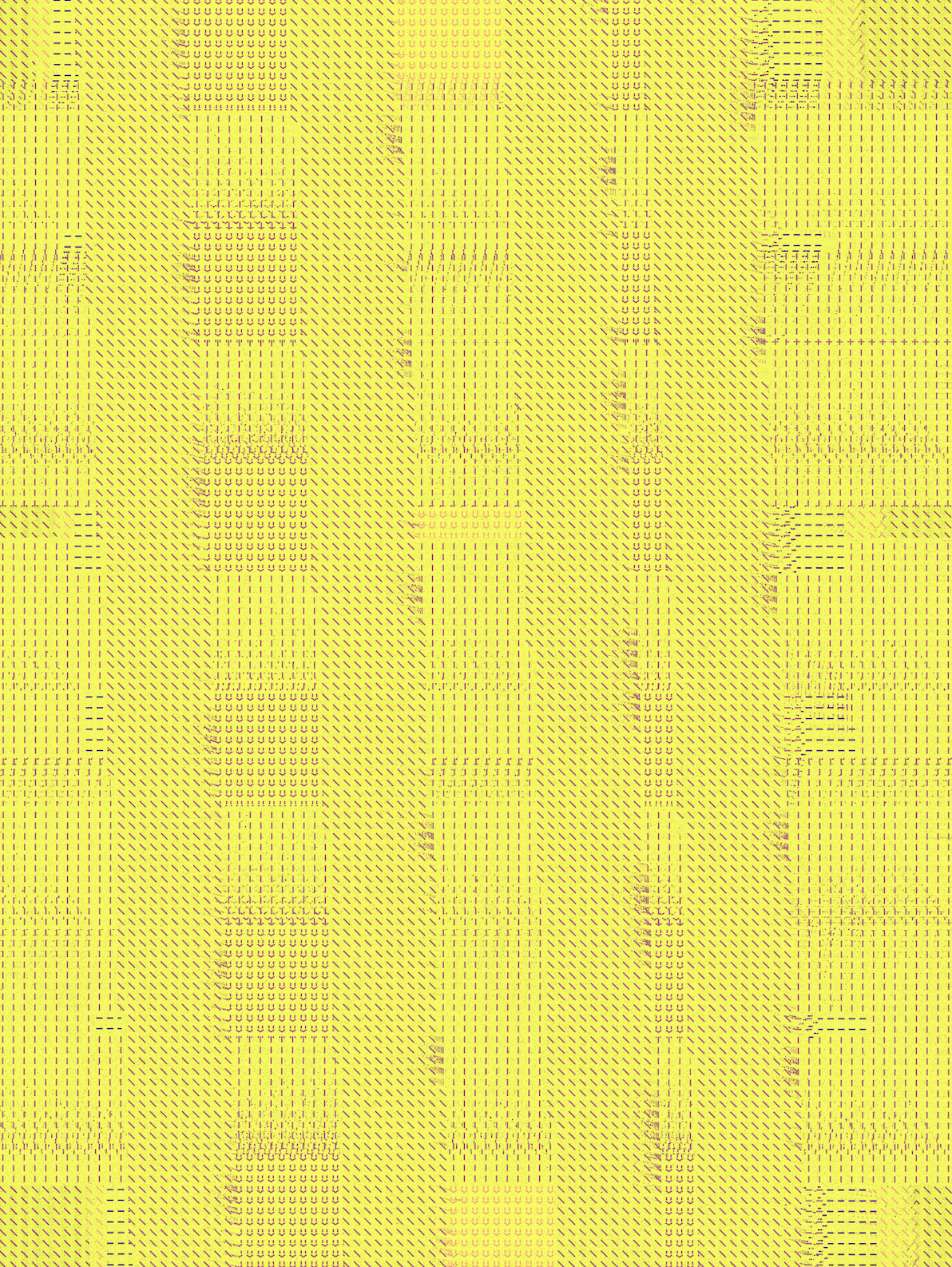RUDXANE: ENCORE
Part of a series of articles & interviews released digitally that were first published in the print edition of the Bright Moments Quarterly that was distributed at Bright Moments Paris in Paris, France in February, 2024.
Bright Moments: Thank you for taking the time to do this interview! To begin, can you talk to us about how you got started with generative art?
Rudxane: From the moment we had internet at home, I started playing around with HTML to build random websites. This hobby slowly evolved into me pushing boundaries and experimenting to see how many weird things I could do and create with the programming language. It was always something personal that I did for pure enjoyment and never really realized I could actually publish the things I was creating. However, everything changed when I discovered NFTs, and realized there was an entire community engaged in similar experiments. Discovering this vibrant scene of generative artists was a game-changer for me, and I got completely hooked on it.
What are the main influences in your work as a generative artist?
My work is deeply influenced by traditional abstract painting. I've always been drawn to it and find that it significantly shapes my approach to generative art. I love working with a more systematic approach to creation through a programming language to find a way to create abstract and human expression. Currently, I'm particularly inspired by Agnes Martin's work. Her blend of minimalism and abstract expressionism, coupled with a straightforward, no-nonsense approach to creation, really resonates with me. There's a raw honesty in her work that I admire.
How would you describe your style in generative art?
I find it hard to define a specific style as I consciously avoid confining it to a particular visual aesthetic or output. A large part of my fascination in my work is rooted in the concept of getting an algorithm to be as close as I can to my personal expression; trying to make the algorithm highly subjective and feel as if there’s a feeling behind the work, not a system.
Abstraction is a key aspect of your work. Can you describe how you begin a new work or series?
Each piece usually starts with a simple keyword or concept that guides me throughout the creative process and helps me explore different visuals. For instance, my latest large series revolved around the concept of ‘Folding.’ I explored this theme in both a literal sense, as in the physical act of folding, and in a more figurative sense, using folding as a conceptual framework while creating the work. Typically, as the work progresses, it naturally evolves and often ends up with a different aesthetic than what I initially envisioned. This process of evolution and transformation is a fundamental part of my creative process.
2023 was an exciting year for you, marked by a variety of innovative projects. You’ve experimented with solidity as a creative tool, integrated NFC chips into prints, had a long form project with GrailersDAO, and even ventured into an Ordinals project. We’re particularly interested in your experience with Ordinals and Bitcoin as a generative artist. Could you share more about that?
I had a lot of fun when the Ordinals whitepaper was first released. It was reminiscent of the early days when I was hacking around on Ethereum. I believe the blockchain medium offers unique opportunities, particularly in terms of provenance and digital ownership. However, it’s not just about these aspects; the medium itself is ripe for artistic experimentation to push the boundaries of what’s possible.
With Ordinals, I was intrigued by the challenge of inscribing the same codebase multiple times. My approach involved using the genesis transaction hash as a seed. This allowed me to generate distinct outputs in the long-form format that I have always been fond of on Ethereum.
Looking ahead, can you give us a sneak peek into what you have planned for 2024?
This coming year is all about further experimentation for me. I’ve been diving deeper into Solidity, exploring its potential beyond just a language for transactional purposes. My goal is to harness it as a creative tool for art creation itself. Additionally, I’m working on more physical artworks rooted in the same foundational concepts, yet entirely non-digital. This shift has introduced a completely different creative rhythm, and I’m finding the process incredibly enjoyable and refreshing.
Could you share what you are working on for Bright Moments Paris?
The work I’m presenting for Bright Moments Paris draws from the physical art pieces I’ve been creating recently, centering around the theme of repetition. This concept involves repeating a specific movement countless times, which I find helps dissolve personal boundaries. It also allows the artwork to become a more authentic reflection of my mental state during its creation. The technique involves setting guides within the algorithm, based on a multitude of shapes I manually doodle. This process is about exploring and understanding the limits of how I personally draw a line. My aim is to align the algorithm as closely as possible with my personal artistic expression.
To wrap up, I have a series of quick-fire questions for you. Let’s start with this: If you could be any artist from any time period, who would you choose?
Agnes Martin. I feel very connected to her approach to the artistic process at this moment.
If you were an artwork, which one would you be?
I would choose to be Empire of Flora by Cy Twombly. It’s my favorite piece, and if I had the chance to embody an artwork, that would be it.
What about an artist’s tool?
A pencil. It’s a versatile and evolving tool, challenging to master fully.
A line of code?
break;
And a color?
#E80C4E, a shade straddling red and purple that, to me, lies on the edge of being both an intense, aggressive color and a more calm, softer tone. It’s undefinable to me and its message can easily be changed depending on the context it’s living in.
A museum?
The Stedelijk Museum. I visit it frequently, and it houses a diverse array of contemporary work. I wouldn’t want to pin myself too much into a specific direction.




